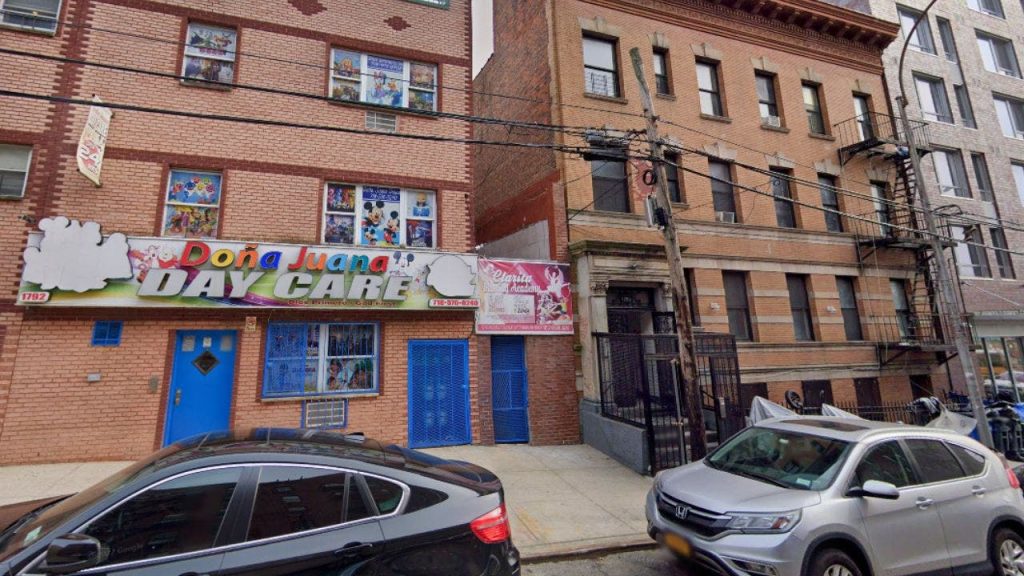The notorious Venezuelan gang, Tren de Aragua (TdA), known for its violent crimes across several countries, has infiltrated New York City, establishing a presence amidst the city’s population. A December 5th raid on a Bronx apartment building, situated alarmingly close to a daycare center, resulted in the apprehension of seven suspected TdA members. This operation, conducted jointly by Homeland Security Investigations (HSI) and the NYPD’s federal task force, occurred simultaneously with a separate raid in Brooklyn, leading to a total of 22 suspected gang members being taken into custody. The Bronx operation, alarmingly, took place while children were present in the adjacent daycare facility. The discovery of the Bronx hideout was facilitated by tracking the ankle monitor of a suspected TdA member, Jarwin Valero-Calderon, highlighting how even monitoring systems can be circumvented.
Valero-Calderon’s case exemplifies the gang’s exploitation of vulnerabilities within the immigration system. Having entered the U.S. via Eagle Pass, Texas, in August 2022, he was released with a court date and subsequently embarked on a multi-state crime spree. Despite accumulating charges for larceny in New York and New Jersey, a petty larceny conviction in Nassau County, and an arrest in Florida for fraud, larceny, and resisting arrest, he remained at large until the December raid. His case underscores the challenges in tracking and apprehending individuals who enter the country and subsequently engage in criminal activities, even when equipped with monitoring devices.
The Bronx raid uncovered a network of individuals with extensive criminal histories. Alongside Valero-Calderon, authorities apprehended other suspected TdA members, including Angel Gabriel Marquez Rodriguez and Jhonaiker Alexander Gil Cardozo. Rodriguez had prior arrests for shoplifting in Chicago and larceny in New York City, while Cardozo faced charges of grand larceny, stolen property, reckless endangerment, and robbery in New York City. The repeated arrests of these individuals, despite escalating charges, raise concerns about the effectiveness of current law enforcement and judicial processes in preventing repeat offenders from remaining on the streets. The presence of such individuals within the city poses a significant threat to public safety.
The arrests came shortly after New York City Mayor Eric Adams met with incoming border czar Tom Homan to discuss collaborative efforts in addressing migrant criminality within the city. This meeting signaled a potential shift in the city’s approach to cooperating with federal immigration authorities, a move met with both support and criticism. Supporters, including New York City Council Member Joe Borelli, argue that cooperation between local law enforcement and ICE is essential to address the threat posed by criminal gangs like TdA, while critics express concerns about potential negative impacts on migrant communities.
The rise of TdA within New York City reflects a broader national trend of the gang’s expansion across the United States. Exploiting perceived lax border security, the gang has established a presence in multiple states, engaging in a wide range of criminal activities, including murders, assaults, robberies, gun smuggling, and even targeting police officers. This rapid expansion highlights the challenges faced by law enforcement agencies in tracking and dismantling transnational criminal organizations, particularly those that exploit vulnerabilities within the immigration system. The gang’s ability to operate across state lines underscores the need for increased interagency cooperation and information sharing.
The implications of TdA’s presence extend beyond immediate public safety concerns. The gang’s involvement in drug trafficking, human trafficking, and other organized criminal activities poses a significant threat to the social and economic fabric of affected communities. Moreover, the gang’s recruitment efforts within migrant communities raise concerns about the vulnerability of these populations to exploitation and coercion. Addressing the multifaceted challenges posed by TdA requires a comprehensive approach that combines robust law enforcement efforts with targeted social programs aimed at supporting and protecting vulnerable communities. This includes enhanced border security measures, increased cooperation between local, state, and federal law enforcement agencies, and community-based initiatives that address the root causes of gang involvement.

